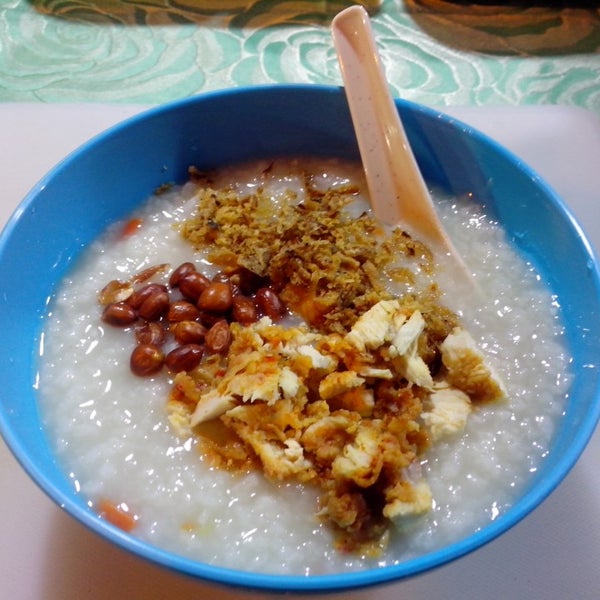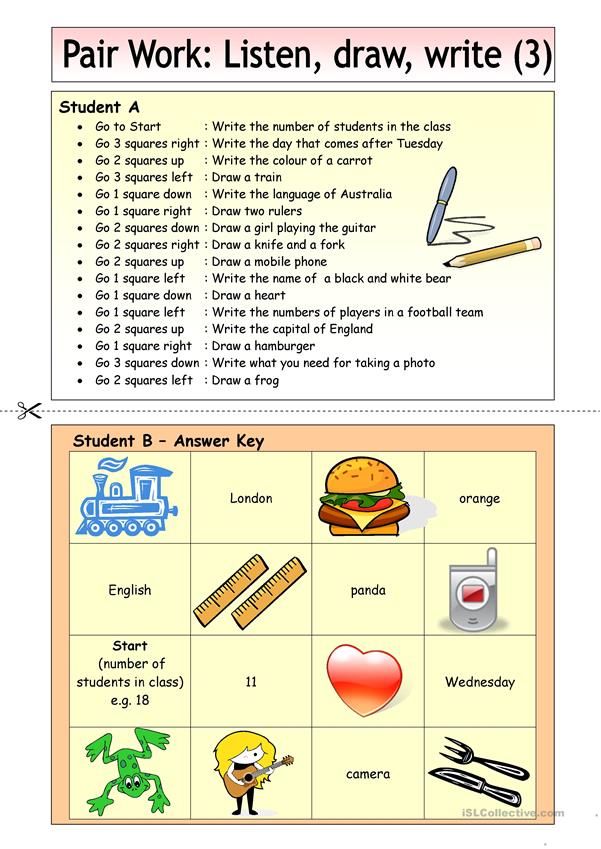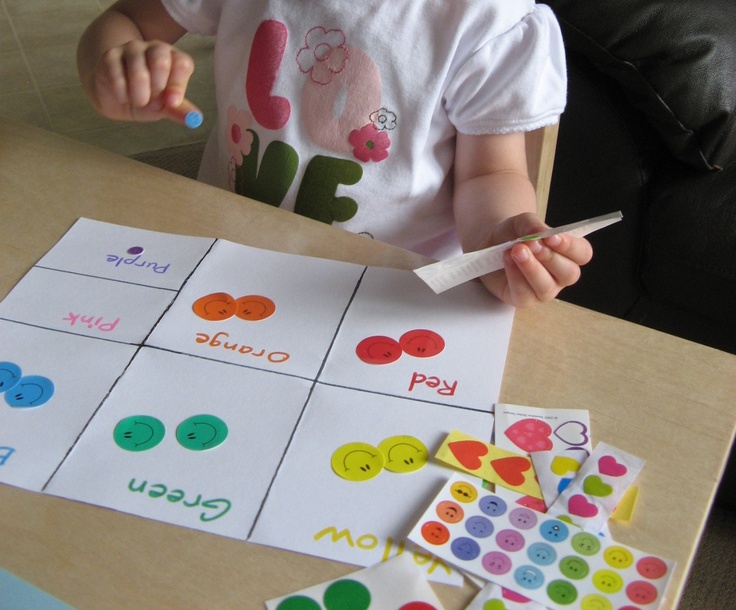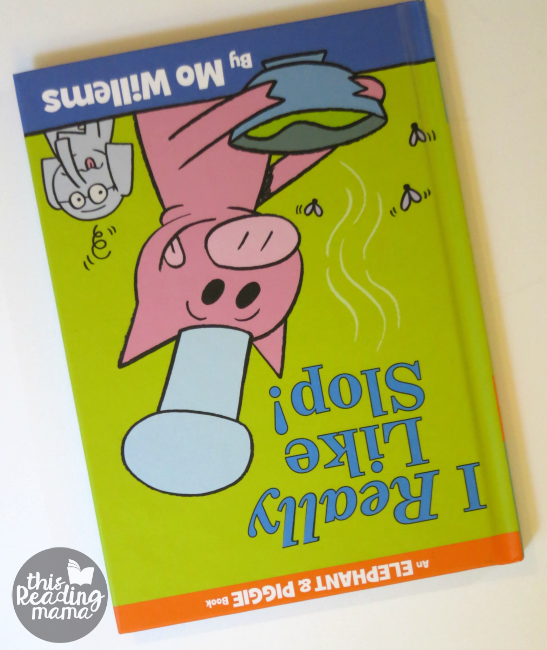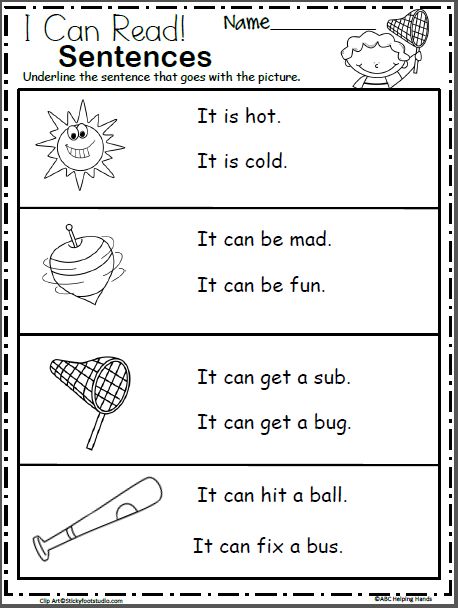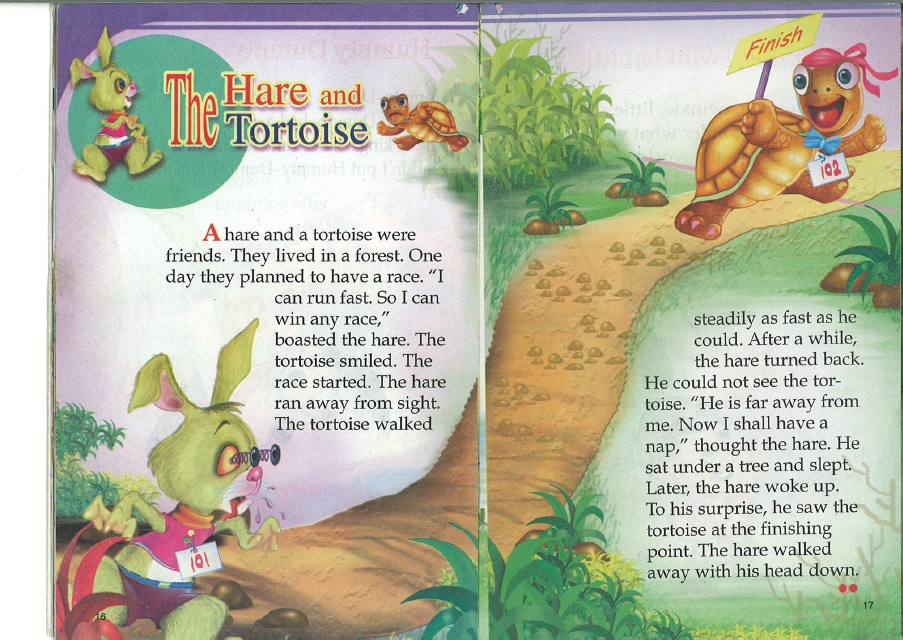Bears eating porridge
Goldilocks and the Three Bears
seek 00.00.00 00.00.00 loading- Download
Picture by Bertie - a retake of the classic illustration by Walter Crane.
Duration 3:15.
Based on the Charming version by the Victorian writer Andrew Lang.
Read by Natasha.
Once upon a time there were three bears, who lived together in a house of their own in a wood. One of them was a little, small wee bear; one was a middle-sized bear, and the other was a great, huge bear.
One day, after they had made porridge for their breakfast, they walked out into the wood while the porridge was cooling. And while they were walking, a little girl came into the house. This little girl had golden curls that tumbled down her back to her waist, and everyone called her by Goldilocks.
Goldilocks went inside. First she tasted the porridge of the great, huge bear, and that was far too hot for her. And then she tasted the porridge of the middle bear, and that was too cold for her. And then she went to the porridge of the little, small wee bear, and tasted that. And that was neither too hot nor too cold, but just right; and she liked it so well, that she ate it all up.
Then Goldilocks went upstairs into the bed chamber and first she lay down upon the bed of the great, huge bear, and then she lay down upon the bed of the middle bear and finally she lay down upon the bed of the little, small wee bear, and that was just right. So she covered herself up comfortably, and lay there until she fell fast asleep.
By this time, the three bears thought their porridge would be cool enough, so they came home to breakfast.
“SOMEBODY HAS BEEN AT MY PORRIDGE!” said the great huge bear, in his great huge voice.
“Somebody has been at my porridge!” said the middle bear, in his middle voice.
Then the little, small wee bear looked at his, and there was the spoon in the porridge pot, but the porridge was all gone.
“Somebody has been at my porridge, and has eaten it all up!” said the little, small wee bear, in his little, small wee voice.
Then the three bears went upstairs into their bedroom.
“SOMEBODY HAS BEEN LYING IN MY BED!” said the great, huge bear, in his great, rough, gruff voice.
“Somebody has been lying in my bed!” said the middle bear, in his middle voice.
And when the little, small, wee bear came to look at his bed, upon the pillow there was a pool of golden curls, and the angelic face of a little girl snoring away, fast asleep.
“Somebody has been lying in my bed, and here she is!” Said the little, small wee bear, in his little, small wee voice.
Goldilocks jumped off the bed and ran downstairs, out of the door and down the garden path. She ran and she ran until she reached the house of her grandmama. When she told her grandmama about the house of the three bears who lived in the wood, her granny said: “My my, what a wild imagination you have, child!”
(Updated with shorter version September, 13, 2016).
5 fatal flaws overlooked in the story of Goldilocks and the Three Bears
Folks, we have been taken for fools.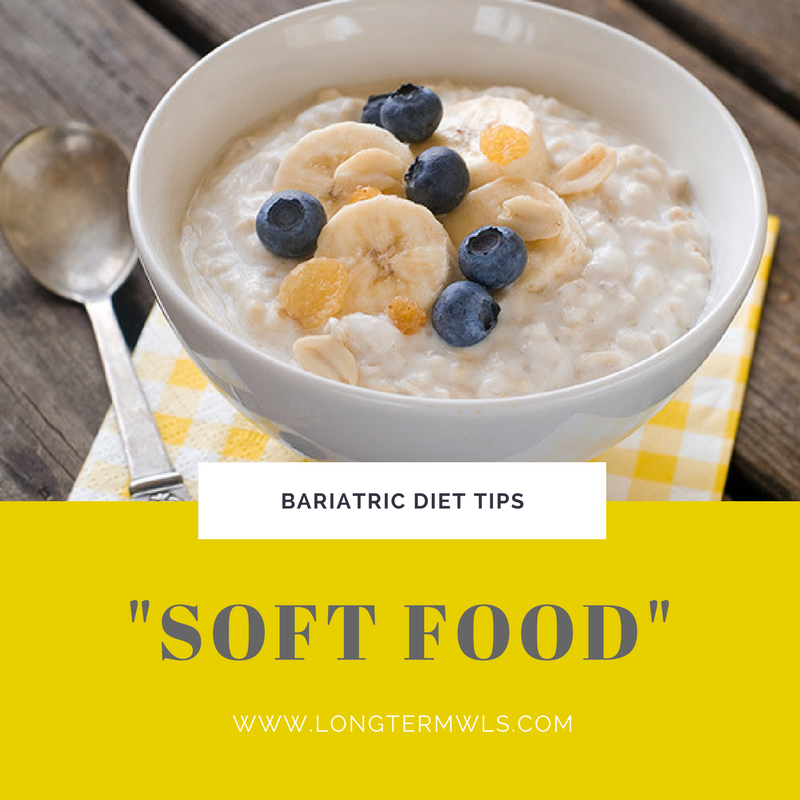
The story of Goldilocks and the Three Bears has been around since 1837 and nobody has been brave enough to speak out and highlight the fatal flaws contained in the story. Until now.
Advertisement
Using the newfound technique of logic, I have unearthed five fatal flaws within the storyline. I refuse to remain silent any longer. Someone has to speak out, and that someone is me. #JusticeForGoldilocks.
1. Bears cannot obtain mortgages
Advertisement
How on Earth were those three bears living in a house in the middle of the woods? Regardless of where the house was situated, it is not feasible for a bear to get a mortgage. Joint applicants need to be earning a minimum of €60,000 between them per annum in Ireland, along with 20% of the purchase price up front. What jobs could these bears possibly have had? Where would they store that kind of money? They are wild animals.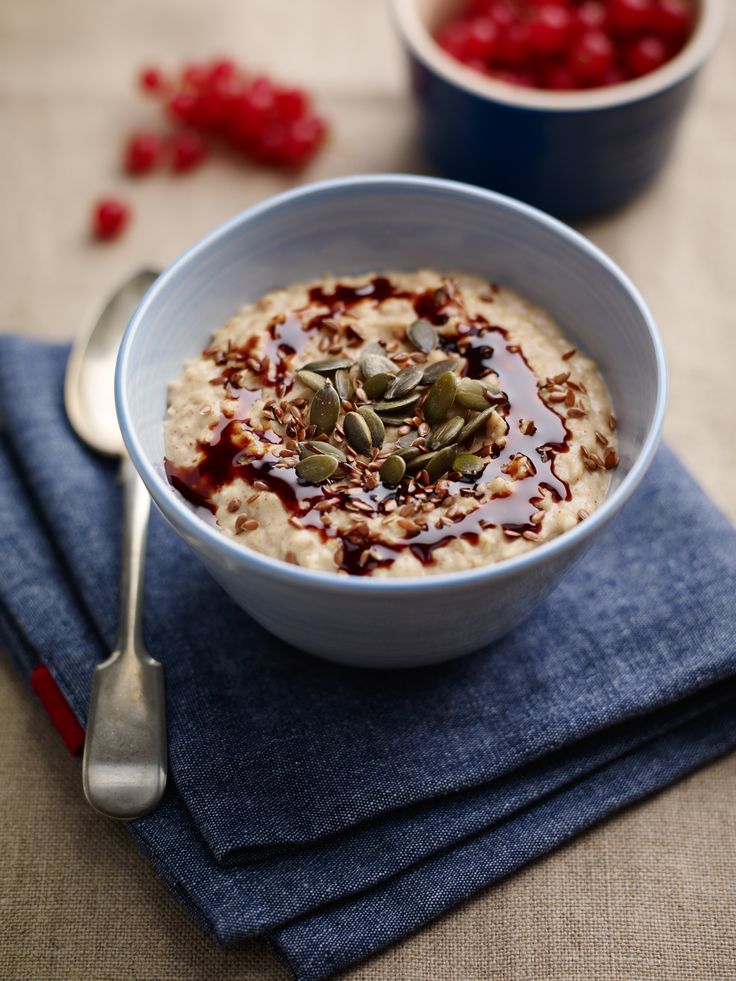
2. Nobody goes for a walk while their food cools down
Advertisement
Not a sinner in the entire history of the world has ever gone for a quick stroll with their entire family while waiting for a bowl of food to cool down. You busy yourself with other tasks like scrolling through Facebook or lining up something good to watch on telly when you're eating. It defies every bit of human logic to stick on the runners, round up the family and head out pounding the pavement. Those idiot bears were asking for an intruder, IMO.
3. Bears do not eat porridge
Advertisement
The typical diet of a bear is mainly that of an omnivore, meaning they eat other animals, plants, berries and insects. Unless they had prepared some sort of penguin porridge, the writer of Goldilocks and the Three Bears was taking us all for fools yet again with his/her assumption that they would eat porridge. Where would they even acquire porridge oats? Nipped into their local Tesco, was it? Wake up, people.
Where would they even acquire porridge oats? Nipped into their local Tesco, was it? Wake up, people.
4. The parents' marriage was clearly breaking down
There seems to be a bigger issue at play during this tale. The story cites there being three beds in the house, one for the father, mother and baby bear. Why weren't the Mum and Dad sharing a bed? Marital problems, that's why. Throughout the story, they are portrayed as being a perfect family, but that seems to be far from the truth. Perhaps they were going on a walk in the woods to break the news to baby bear that he would be the child of divorced bearents (bear parents) from now on.
Advertisement
5. The break in was clearly staged
Did anyone ever hear Goldilocks' side of the story? Was she locked up? Is there a police report? No. Nobody ever heard so much as a whisper from her because she very clearly doesn't exist. My guess is that the three bears staged the entire break in for an insurance claim, to fund their divorce's legal fees. It's quite a common occurrence these days, with 1 in 5 Irish people anonymously admitting that they have been involved in some sort of insurance fraud. It is safe to conclude based on the above evidence that the entire story of Goldilocks and The Three Bears, much like modern religion, is an elaborate lie that has gotten way out of hand.
My guess is that the three bears staged the entire break in for an insurance claim, to fund their divorce's legal fees. It's quite a common occurrence these days, with 1 in 5 Irish people anonymously admitting that they have been involved in some sort of insurance fraud. It is safe to conclude based on the above evidence that the entire story of Goldilocks and The Three Bears, much like modern religion, is an elaborate lie that has gotten way out of hand.
Images via YouTube
- Share article
-
- Read more about:
- Funny,
- LOL,
- Nostalgia,
- Story,
- Conspiracy.
Porridge for a bear: how animals eat and live in the Kaliningrad Zoo Afisha Novy Kaliningrad.Ru took a walk around the zoo with its chief veterinarian Olga Khutsiyeva and found out why animals shouldn’t eat sweets, what pot they use to cook porridge for a bear, and what to do if a sea lion is sick.

The household yard of the Kaliningrad Zoo prepares food for animals, breeds rabbits, rats, hamsters and guinea pigs. The so-called feed kitchen is located near the kennel. There are four workshops here - for defrosting meat and fish, for cooking, for washing, peeling and cutting vegetables, a room for laying out products. The kitchen starts working early, long before the opening of the zoo. An individual diet has been compiled for each animal, so all containers are signed. Food is delivered to the enclosures by car.
Raccoons live in an old German enclosure just opposite the main entrance to the zoo. They are perfectly visible in good weather, in cloudy they hide. In the morning, employees come here to check if the animals are healthy, if everything is fine with them. Twice a day, raccoons, like other animals, are fed. The diet, as a rule, changes depending on the time of year and on the physiological state.
Kangaroo rarely communicates closely with visitors, therefore does not eat from strangers , unlike other animals that love to beg. There are two types of kangaroos in the Kaliningrad Zoo - gray and bennet. Bennets breed well, while the grays have had only one cub in all the time. Perhaps this is due to the repair of the bridge and the laying of tiles near their enclosure - the animals are stressed by the noise.
There are two types of kangaroos in the Kaliningrad Zoo - gray and bennet. Bennets breed well, while the grays have had only one cub in all the time. Perhaps this is due to the repair of the bridge and the laying of tiles near their enclosure - the animals are stressed by the noise.
Kangaroos carry fetuses in a pouch. When the fetus is only thirty days old, it moves into the pouch, attaches itself to the nipples and hangs on them. For a while, the mother injects milk into the cub, because he still does not know how to suckle. Hairless cubs up to four months are not shown from the bag. By the age of five months, they have a coat, and they begin to stick out their faces. The main food for kangaroos is grass and twigs, but employees also feed the animals with vegetables, fruits, and grains.
A few years ago, dogs found themselves on the territory of the zoo, which killed five kangaroos. Animals were dissected, all the females had cubs in their bags, but only one - Hera - survived. He was pulled out, he weighed about 500 grams, the baby had to be nursed at home. When the kangaroo cub grew up, he was placed in a herd, instead of a bag, the baby sat in a backpack.
He was pulled out, he weighed about 500 grams, the baby had to be nursed at home. When the kangaroo cub grew up, he was placed in a herd, instead of a bag, the baby sat in a backpack.
Ostriches live next to kangaroos. There is an adult non-breeding pair and young growth, which was recently brought from the Kaluga region. The new young ostriches are all different sizes because their ages are slightly different. They are very active, play with each other and run endlessly around the enclosure.
When it is necessary to treat an animal, it is necessary to contact it, it is often dangerous. Today, vaccinations are carried out through remote injectors: a gun, a pistol or a blowpipe. Previously, metal cages were used for the same purposes. If it was necessary to work with a predator, he was lured into a cage with meat. One solid wall of the cage moved, the animal was clamped with it and the necessary injections were made.
There are only two species of pinnipeds in the Kaliningrad Zoo - gray seals and sea lions Kim.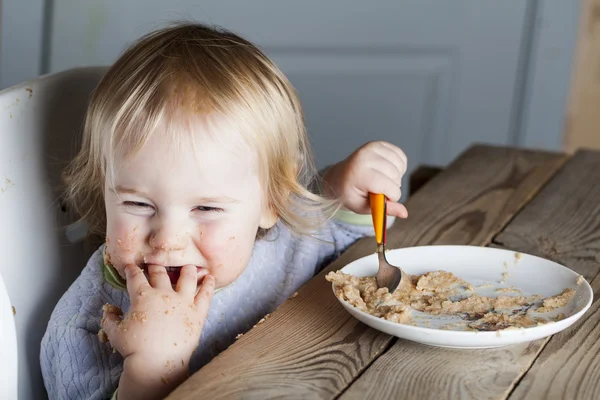 Kim is an age and problem animal, which is constantly under the supervision of doctors. He has bad old teeth, sore gums and throat. Kim is a trained sea lion, he knows how to rinse his mouth with medicine: he opens his mouth, they fill him with a special solution, if he is told to swallow, he swallows, if he is told to spit it out, he spits it out.
Kim is an age and problem animal, which is constantly under the supervision of doctors. He has bad old teeth, sore gums and throat. Kim is a trained sea lion, he knows how to rinse his mouth with medicine: he opens his mouth, they fill him with a special solution, if he is told to swallow, he swallows, if he is told to spit it out, he spits it out.
Every twenty minutes in the summer there is an amateur who comes to the zoo with a bag of fish and starts feeding the pinnipeds. Animals actively respond to communication - flap their flippers, make sounds. But despite such a reaction, additional feeding is harmful to them. Animals that swim vast distances in the wild in search of food and food, in captivity do it in a limited space - movements and depth are minimal. If you feed an animal excessively, it begins to suffer from obesity.
Sometimes visitors throw frozen fish to pinnipeds, which will scratch their throats causing bacterial infections that are not easy to deal with. The animal in every possible way hides those places in which, if necessary, an injection should be made. And immobilizing the "patient" is not easy, since drugs that affect pinnipeds are prohibited in Russia.
The animal in every possible way hides those places in which, if necessary, an injection should be made. And immobilizing the "patient" is not easy, since drugs that affect pinnipeds are prohibited in Russia.
seals were brought to the zoo from nature in childhood. Now three females and a male live in two enclosures. The females actively breed. A gray seal is sitting in the pool of an old German safe house, it was brought to the zoo small, broken, it lacks a lower jaw, but this does not prevent it from eating well. It is forbidden to release animals back into nature, because they do not know how to catch live fish. Seals appear on the coast every spring. If the animals do not have injuries, then it is better not to touch them. They themselves will go back to the sea.
Of the predatory cats, two Amur tigers live in the zoo - a male and a female - single animals, a family of lions, lynxes and an Amur leopard. Tatyana is a cat who does not want to give birth to cubs, Typhoon is an old tiger who is unlikely to be able to.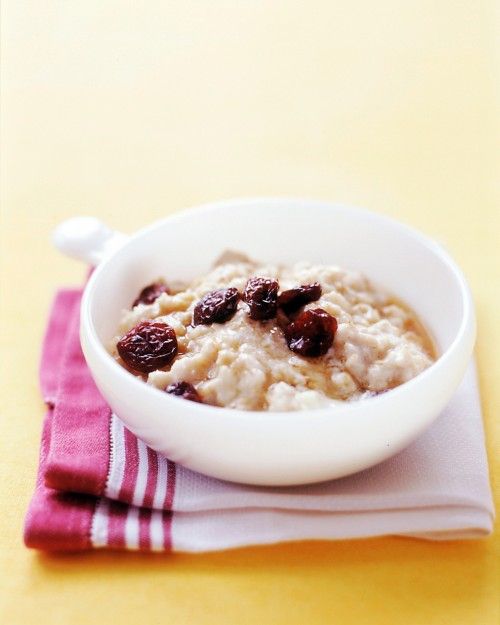 In order for cats to move more, platforms and feed posts are installed in their enclosures, from which food must be taken.
In order for cats to move more, platforms and feed posts are installed in their enclosures, from which food must be taken.
Bears that live longer in zoos than in nature, after eighteen years of life, begin to limp , they have problems with the spine and lower limbs. In the summer, when there are a lot of visitors, every second one throws a candy to the bear - this is more than ten kilograms, which cause great harm to the animal. Bears change their diet seasonally. Porridges, vegetables, berries, boiled meat, acorns are his main food.
Giraffe spends a lot of time eating is a complex enzymatic process with the release of a huge amount of saliva. When people feed an animal with bread, saliva is not released much, the giraffe quickly swallows food, while the acidity of the stomach decreases and intestinal diseases occur. If an animal has an overgrown large hoof, then its stomach does not work properly.
Pregolya is an old elephant who will live another ten years. Elephants are social animals, now it is not allowed to have less than two elephants. However, our zoo has outdated enclosures, and even for one elephant it is cramped. After Pregol, it is unlikely that there will be more elephants in the Kaliningrad Zoo.
Elephants are social animals, now it is not allowed to have less than two elephants. However, our zoo has outdated enclosures, and even for one elephant it is cramped. After Pregol, it is unlikely that there will be more elephants in the Kaliningrad Zoo.
A couple of orangutans lived in the Kaliningrad Zoo, when they started repairing their enclosure, the animals were sent to Rostov. After the reconstruction, it was decided to bring new ones - a mother with a cub from Moscow. Mom had a hard time adapting, it took her two months. Orangutans must have their own territory where they will not be seen. The male lives separately, he was transported from Denmark, he is eighteen years old. While he doesn’t really make contact, after all, moving for an animal is a big stress, especially to a country where they speak a different language. In nature, even if a forest is cut down in the habitat of orangutans, the animals do not leave their native place for a long time, because this is their home.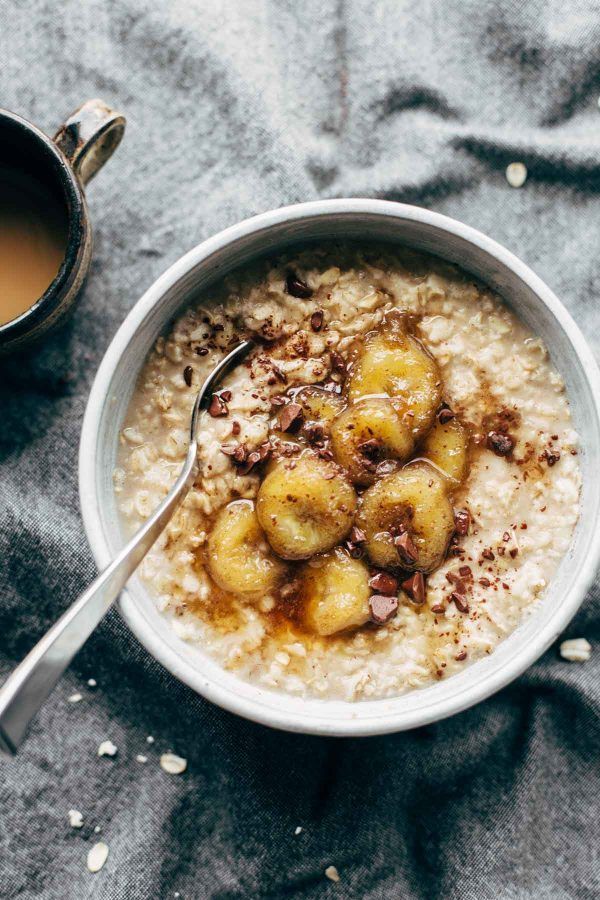
Gibbon came to Kaliningrad from Nikolaev, the female was brought from Novosibirsk. These animals are selective in choosing a pair. Each gibbon family occupies its own space, the youth meet in neutral territory. After two weeks of such communication, if the female decides that the male suits her, they leave to breed. This is not provided for in the zoo. When the gibbons were put in one cage, the female at first constantly fought with the male. After the first fight, he had a nervous breakdown, he didn’t eat anything for three days, he couldn’t sleep, he had hyperactive movements, he blinked his eyes, twitched his tongue. To cure the animal, I had to seek advice from the regional hospital. In the summer, the female still let the male into the enclosure and sometimes even allows her to be touched, however, through the cage.
The enclosure for the leopard in the Kaliningrad Zoo is small, there is almost nowhere for him to hide here. In nature, leopards are secretive animals, it is better to watch them at night. The probability of seeing a leopard in a zoo is higher if you carefully approach the cage alone. Sometimes the cat tries to hunt and hide. One leopard is bored, but it will not work to place a female in such a small enclosure.
The probability of seeing a leopard in a zoo is higher if you carefully approach the cage alone. Sometimes the cat tries to hunt and hide. One leopard is bored, but it will not work to place a female in such a small enclosure.
Text by Anastasia Svetogor, photo by Vitaly Nevar, New Kaliningrad.Ru.
“There were days when they ate only porridge and bread”: pet bears were on the verge of survival - they are no longer ordered for photos on Instagram
Komsomolskaya Pravda
Dom. Family Living area Living area: news and interesting
Alena MARTYNOVA, KP-Novosibirsk
July 22, 2020 15:13
"Komsomolskaya Pravda" visited the trainer of the big top circus, who is trying to feed the animals. Due to the "coronacrisis" it's not so easy
In the summer heat, bears especially enjoy eating watermelons. Photo: Alena MARTYNOVA, KP-Novosibirsk
Trained bears from the Big Top Circus, who willingly took pictures with girls for Instagram, were on the verge of survival during the pandemic. The last photo session was in winter. Volunteers from the former circus animals help group helped the bears survive during this difficult time - they bring food. How four bears live in Novosibirsk now - in our report.
The last photo session was in winter. Volunteers from the former circus animals help group helped the bears survive during this difficult time - they bring food. How four bears live in Novosibirsk now - in our report.
There have been no photo shoots for a long time, and bears love being scratched and stroked so much. Photo: Alena MARTYNOVA, KP-Novosibirsk
“The last time there was a paid photo shoot was when it was still snowing,” said trainer Maya Kirsanova to KP-Novosibirsk. - It is noticeable that people's standard of living has fallen sharply - they cannot afford to shoot with a bear. But these photo sessions are also not our main income, unlike performances in a big top. Of course, if those who wish to appear, we will organize a photo shoot.
Maya works with the bears so that they don't forget the circus program.Photo: Alena MARTYNOVA, KP-Novosibirsk
In March, the circus season usually begins, and the trainer, along with the animals, was going to settle in a big top to earn a living. But the pandemic crossed out all plans: many circuses were on the verge of extinction, and Maya and the bears got stuck in Novosibirsk.
But the pandemic crossed out all plans: many circuses were on the verge of extinction, and Maya and the bears got stuck in Novosibirsk.
Animal rights activist Natalia Novikova did not let the bears die of starvation.Photo: Alena MARTYNOVA, KP-Novosibirsk
— March and April were the hardest for us: I fed the leftover vegetables to the animals. There were days when they ate only porridge or bread. And at the very moment when all the food supplies came to an end, animal rights activists appeared and offered help, Maya recalls.
Toptyzhka’s paw is heavy, so his hugs are especially memorable.Photo: Alena MARTYNOVA, KP-Novosibirsk defenseless. And so it turned out.
Would you dare to walk arm in arm with a bear like this? Photo: Alena MARTYNOVA, KP-Novosibirsk
Natalya and volunteers from the group helping former circus animals took care of bears: they announced a fundraiser for food for clubfoot on social networks - thanks to them , the bears almost did not feel the crisis that overtook the country.
Caring people brought watermelons to the animals.Photo: Alena MARTYNOVA, KP-Novosibirsk
Now Maya has four bears, they are very young: the brown Archie and the Kamchatka Marta are 2.5 years old, and the Himalayan bears Toptyzhka and Bella are 3 each, 5 years old The trainer also has a porcupine Snezhana, a poodle Kubik and a rooster (he and Archie have a dance number). All animals are experienced circus performers.
The bear calmly lets strangers near him while eating. Photo: Alena MARTYNOVA, KP-Novosibirsk
When you enter the yard, where the mobile circus trailer serves as your home, the first thing you see is Marta in the far corner of the yard. As a respectable Kamchatka bear, Marta doesn't really like strangers. But at the same time, when he sees a person, he begins to curry favor, as the hostess says. For a treat, Marta will stand on her hind legs and dance, bobbing her head funny. Maya asks the guests not to feed the animals themselves - the bear must have one breadwinner.
Toptyzhka ate a whole watermelon. Photo: Alena MARTYNOVA, KP-Novosibirsk
Toptyzhka and Bella play and wrestle in a cage. Games, however, are far from childish. Looking at them, Maya waves her hand: perhaps they will soon be waiting for a small Himalayan bear cub.
But peeled the corn. Photo: Alena MARTYNOVA, KP-Novosibirsk
Taking Toptyzhka to a photo session with the wet nurse Natalya. During breaks, the bear flops down with pleasure in the tall grass, lies on his back and somersaults, manages to steal the props prepared for filming - a piece of watermelon and corn. Quietly lets strangers near him while eating.
Archie loves melons - bring more. Photo: Alena MARTYNOVA, KP-Novosibirsk
We treat Archie with melons. Satisfied, he takes Maya's hand - sucks it, smacking it juicy. With their habits, the bears are very similar to children, while, the trainer notes, they are very smart.
Archie also loves to suck Maya's hand. Photo: Alena MARTYNOVA, KP-Novosibirsk
I had to leave the stable where the animals spent the winter - there was no money for rent. Now Maya and her wards live on the territory where the Aristocrat equestrian club used to be located. But at any time, the owner of the land can ask the guests to leave this place. To move to another place or go to Moscow, grown bears need enclosures - both for their convenience and for the safety of people. Without cages, it will be very difficult to find a place for wintering predators.
Now Maya and her wards live on the territory where the Aristocrat equestrian club used to be located. But at any time, the owner of the land can ask the guests to leave this place. To move to another place or go to Moscow, grown bears need enclosures - both for their convenience and for the safety of people. Without cages, it will be very difficult to find a place for wintering predators.
So far, the bears are kept in cramped cages - they urgently need spacious enclosures. Photo: Alena MARTYNOVA, KP-Novosibirsk
“We are now facing the main problem: we need to make spacious enclosures for bears in which they will live comfortably,” says Mayan. - It is very expensive for firms to order such an aviary. We're looking for some metal and people who can assemble the cage. This is the main help we need.
Hug a Himalayan bear - dreams come true! Photo: Alena MARTYNOVA, KP-Novosibirsk
Volunteers started collecting money for bear cages. But at the same time, food assistance remains relevant. Bears are quite omnivorous: they eat cereals, vegetables, fruits, berries, honey, eggs, bread, meat, but fish - only sea, river they can not. Most of the vitamins bears now find in the grass that grows right outside the yard - they are very fond of nettles.
Bears are quite omnivorous: they eat cereals, vegetables, fruits, berries, honey, eggs, bread, meat, but fish - only sea, river they can not. Most of the vitamins bears now find in the grass that grows right outside the yard - they are very fond of nettles.
In the summer, the bears find vitamins in the grass that grows nearby.Photo: Alena MARTYNOVA, KP-Novosibirsk
While we are talking with Maya, Andrey Timchenko and Anton Davydov arrived - they brought gifts for clubfoot: watermelons, peaches, cherries.
Satisfied Toptyzhka in the “jungle”.Photo: Alena MARTYNOVA, KP-Novosibirsk
— Everyone from the Khilok market — they asked the sellers to share with us what they no longer need: for example, watermelons with cracks or “tired” peaches, — Andrey explained.
Teddy bears are like children: they also crush everything and put into their mouths what comes under their paw. Photo: Alena MARTYNOVA, KP-Novosibirsk
After all, the world is not without good people.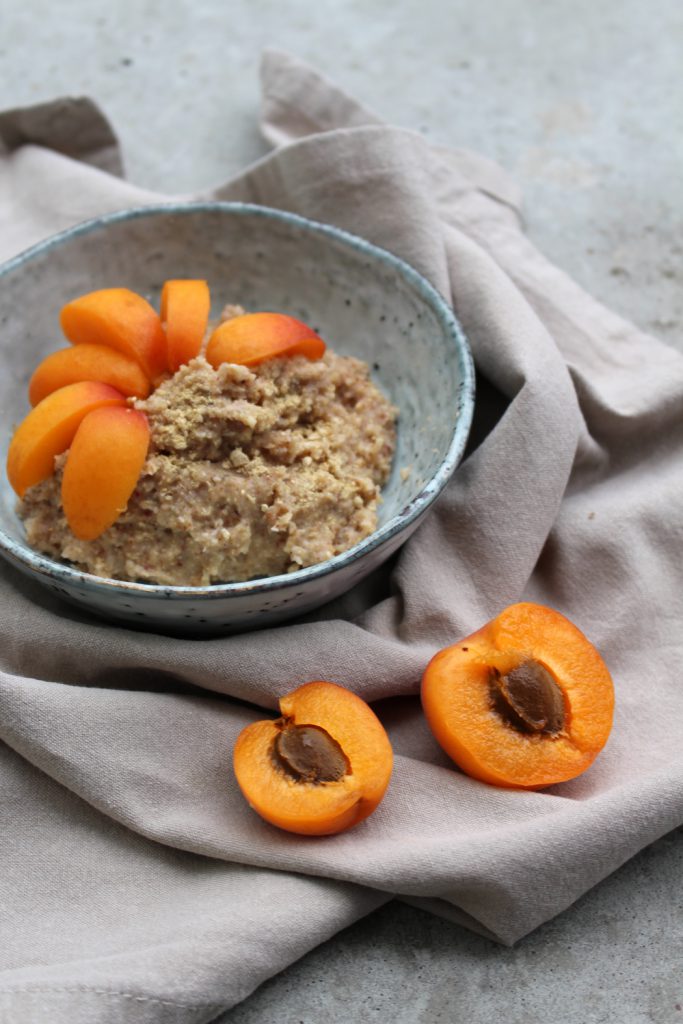 Everything that is brought by those who are not indifferent, Maya thoroughly washes before feeding the pets. Berries go through, removing rotten ones. She takes care of her favorite bears and worries: what will happen tomorrow?
Everything that is brought by those who are not indifferent, Maya thoroughly washes before feeding the pets. Berries go through, removing rotten ones. She takes care of her favorite bears and worries: what will happen tomorrow?
Why do we need an experiment to domesticate foxes, and can they replace a dog (more)
TO READERS
(383) 289-91-00
Viber/WhatsApp : 8-923-145-11-03
Post: [email protected]
Read also
9000 9000Age category of site
8 18+
The online publication (website) is registered by Roskomnadzor, certificate El No. FS77-80505 dated March 15, 2021.
I.O. EDITOR-IN-CHIEF - NOSOVA OLESIA VYACHESLAVOVNA.
I.O. chief editor of the site - Viktor Fedorovich Kansky
Messages and comments from site readers are posted without preliminary editing. The editors reserve the right to remove them from the site or edit them if the specified messages and comments are an abuse of freedom mass media or violation of other requirements of the law.